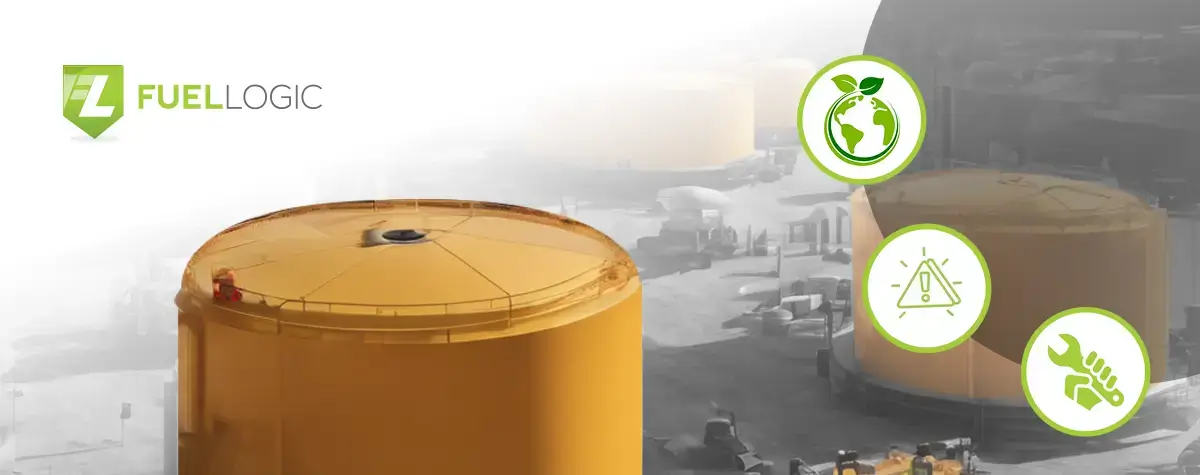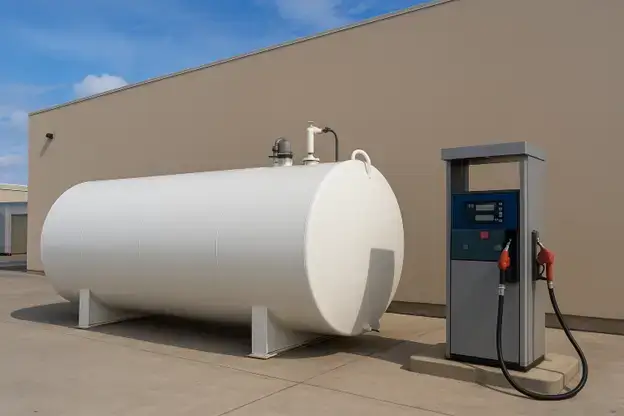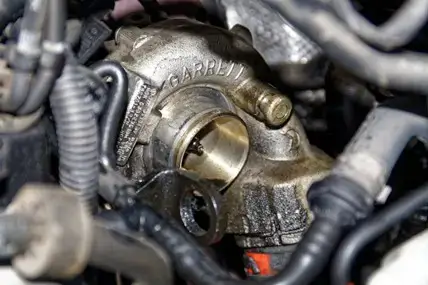Exploring the landscape of construction fuel tanks is a pivotal aspect of effective project management, seamlessly intertwining considerations of efficiency, cost, and safety. Understanding tank variations and functionalities is essential for making well-informed decisions, especially as different fuel types require specific storage solutions.
Choosing reputable manufacturers with a proven industry track record becomes a cornerstone in this process, ensuring the acquisition of a quality product, reliable after-sales support, and adherence to regulatory standards.
The advantages of employing construction fuel tanks extend beyond mere functionality, encompassing cost savings, heightened efficiency, and a reliable fuel supply—particularly valuable in sectors like construction, mining, and other industrial fields.
To select the right construction fuel tank, take into account the size of the project, the amount of fuel required, and safety and regulatory compliance. Moreover, the flexibility offered by renting fuel tanks emerges as a strategic solution, empowering businesses to adapt to varying project needs without the commitment of permanent ownership. This additional option further enhances the versatility and responsiveness of fuel storage solutions.
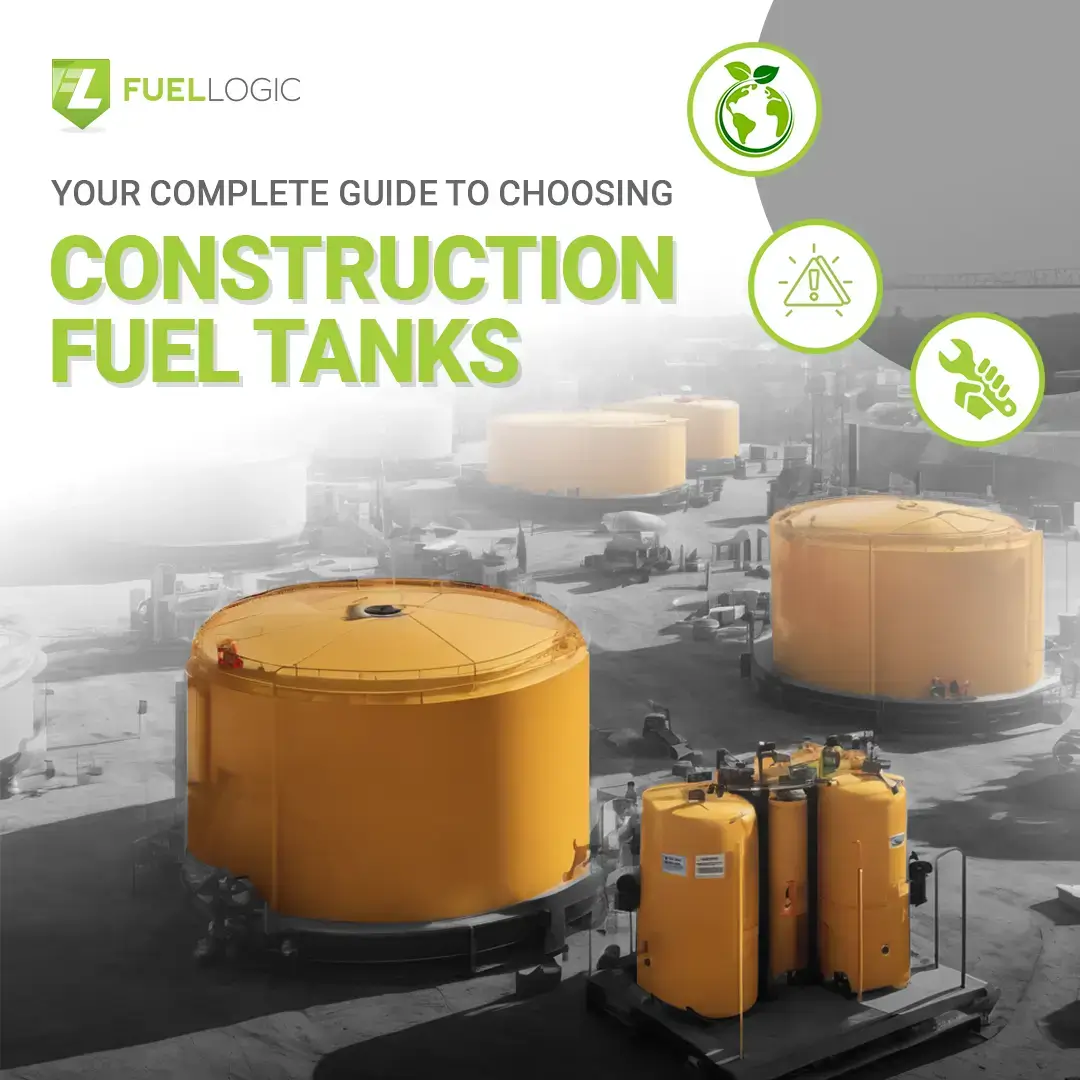
Types and Functions of Construction Fuel Tanks
These are the types and functions of construction fuel tanks.
1. Steel Tanks: Robustness and Durability
Steel tanks are ideal for applications demanding strength, such as robust water tanks in commercial and industrial settings. They stand out for their durability, reliability, and cost-effectiveness, making them the preferred option for storing various liquids like potable water, rainwater, wastewater, chemicals, petroleum, and diesel fuel.
Steel’s resilience is evident in its ability to endure harsh weather and environmental conditions, making it well-suited for outdoor and construction environments.
“ Nonetheless, a potential downside is its susceptibility to corrosion over time, which can be addressed through proper maintenance and the application of protective coatings. For instance, galvanized steel tanks resist rust and corrosion, enhancing their overall longevity and durability.
2. Aluminium Tanks: Lightweight and Corrosion-Resistant
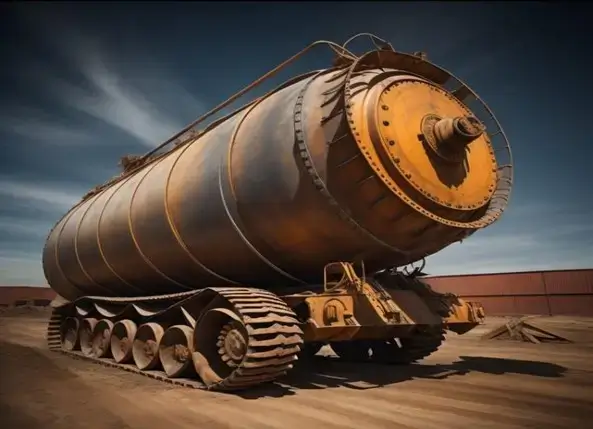
Aluminum fuel tanks present numerous advantages compared to alternative materials. Thanks to their corrosion resistance, these tanks exhibit outstanding durability, lasting for over two decades. Additionally, being lightweight, aluminum fuel tanks facilitate easier transportation, leading to reduced fuel consumption and cost savings per trip. Their resistance to dents and impacts helps maintain the tanks’ appearance and structural integrity over time.
At construction sites, diesel fuel tanks are essential for powering machinery, offering a robust fuel storage solution alongside aluminum tanks known for their lightweight and corrosion-resistant properties.
“ The customizable nature of aluminum tanks makes them a preferred choice across various industries. In terms of cost, aluminum tanks are more budget-friendly than counterparts made from different materials. However, it’s worth noting that aluminum tanks are not recommended for water storage due to a potential association with Alzheimer’s disease when used for drinking water.
Overall, aluminum tanks offer an excellent solution for those seeking a lightweight and corrosion-resistant material for their fuel or liquid storage requirements.
3. Polyethylene Tanks: Flexibility and Corrosion Resistance
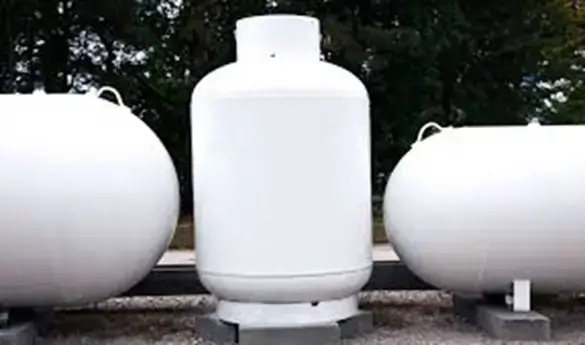
Polyethylene tanks boast exceptional flexibility in design and can be tailored to suit diverse applications. Their versatility extends to storing various liquids, such as water, chemicals, and fuels. With corrosion resistance, these tanks prove especially suitable for construction requirements involving harsh chemicals.
The lightweight nature of polyethylene tanks, coupled with easy installation, positions them as a favored choice across multiple industries. These tanks are available in different forms, including high-density cross-linked and medium-density polyethylene, providing superior stress-cracking resistance and enhanced toughness. Overall, polyethylene tanks stand out as an excellent choice for those seeking a pliant and corrosion-resistant material for liquid storage.
Factors Influencing Fuel Tank Selection for Construction Projects
When selecting construction fuel tanks, key factors to consider include the project’s size and duration, the type of fuel needed, mobility requirements, theft prevention measures, and compliance with environmental regulations. The following are the factors that influence the selection of fuel tanks for any construction.
1. Project Scale and Duration
The selection of fuel tanks for construction projects is influenced by project scale and duration. Factors such as capacity, mobility, transportation, theft prevention, compliance, space constraints, environmental considerations, and maintenance play crucial roles in deciding between larger tanks or multiple smaller ones.
“ Careful evaluation based on specific project needs is essential. Larger tanks may require additional security measures and specialized transportation, while multiple smaller tanks offer flexibility and ease of maintenance. Consideration of local regulations, space constraints, and environmental factors further guide the decision-making process.
Additionally, efficient fuel tank selection provides a strategic advantage for industries by optimizing operational capabilities and ensuring reliable fuel supply.
2. Fuel Type Compatibility
Ensuring the tank’s compatibility with specific machinery fuels is essential for optimal performance and safety. Different fuels demand specific tank types to prevent corrosion and uphold efficiency. For example, aluminum fuel tanks, particularly those crafted from 5052 alloys, exhibit high corrosion resistance to harsh solvents like gasoline and saltwater, making them suitable for fuel storage.
Conversely, polyethylene tanks prove effective for storing corrosive chemicals due to their corrosion resistance and durability. Selecting the appropriate tank material for specific fuel types guarantees longevity, prevents leaks, and reduces hazards linked to incompatible materials.
3. Environmental Conditions Assessment
“ The choice of construction tank materials is pivotal, considering environmental factors like temperature fluctuations and corrosive elements. Temperature variations can induce condensation and corrosion, impacting materials adversely. For instance, elevated temperatures may expedite chemical reactions, causing corrosion in metals like steel, while cold weather can lead to material contraction and hardening, risking damage if precautions aren’t taken. Corrosive substances in fuels can accelerate deposit formation, emphasizing the importance of assessing the corrosive impact of fuels on construction materials.
Careful consideration of fabrication costs, material expertise, transportation, and product longevity is essential when selecting tank materials. Additionally, factors such as the stored products, construction material, environment, and tank durability should be taken into account.
Portable and Stationary Fuel Tanks: Balancing Mobility and Durability
Portable fuel tanks offer on-the-go convenience, prioritizing mobility for various applications. Stationary tanks emphasize durability, providing a stable and long-lasting fuel storage solution.
1. Portable Fuel Tanks: Flexibility and Best Practices
Portable fuel tanks provide cost savings, reliability, and flexibility for various applications. They offer a constant fuel supply, reducing the need for frequent refueling trips, which saves time and money.
“ These tanks come in different sizes, contributing to increased efficiency in completing tasks. Moreover, they are environmentally friendly, decreasing the impact of refueling on the environment.
Security measures like monitoring and inspections help prevent theft and ensure fuel quality. To maximize their benefits, it’s crucial to choose high-quality tanks, select appropriate sizes, and implement security measures like alarms and surveillance.
2. Stationary Fuel Tanks: Long-Term Solutions and Maintenance
Stationary fuel tanks offer significant longevity benefits, typically lasting around 20 years for aboveground storage. Consistent maintenance, including regular inspections and adherence to environmental regulations, can extend their service life.
The tank’s fabrication, materials, application, features, location, size, and maintenance all influence its lifespan. Considering the environment, corrosion-resistant coating and soil conditions at the site are essential for ensuring optimal tank longevity.
Safety Measures, Compliance, and Environmental Impact
1. Safety Precautions: Regulatory Compliance and Best Practices

Prioritizing safety protocols and regulatory adherence is crucial during fuel tank installation. The installation process must align with industry standards and best practices to minimize potential hazards.
“ Regular testing and maintenance are essential to uphold the quality and integrity of stored fuel, as neglecting tank care can lead to contamination and impact equipment performance.
Ensuring adherence to environmental regulations is crucial for storage tank facilities. This commitment is essential to prevent environmental contamination and safeguard public safety.
2. Environmental Impact and Sustainability

Minimizing environmental impact and promoting sustainability involve strategic approaches toward eco-friendly fuel alternatives. Strategies include adopting renewable energy sources like solar and wind, enhancing energy efficiency, exploring biofuels derived from organic matter, transitioning to electric vehicles, promoting public transportation, and supporting telecommuting. Implementing these measures can significantly reduce overall fuel consumption and emissions, contributing to a more sustainable future.
“ Moreover, businesses can pledge to adopt environmentally sustainable practices, fostering thriving communities and ensuring future growth potential. By incorporating comprehensive sustainability targets and programs into their strategies, companies play a vital role in contributing to a sustainable planet, society, and economy for future generations.
3. Maintenance and Care: Extending Tank Lifespan
Regular maintenance is crucial for ensuring the longevity of fuel tanks. Proper care, incorporating fuel stabilisers and biocides, is crucial to preserve fuel quality and prevent contamination, especially during extended storage periods. Adherence to local rules, along with routine inspections, routine planning and maintenance tasks, guarantees clean and ready-to-use fuel while minimizing contamination risks.
“ For underground fuel tanks, preventative maintenance, including regular evaluations and professional assistance, is essential to uphold tank and soil conditions. In the case of compressed natural gas (CNG) fuel systems, regular safety inspections and compliance with expiration dates are vital to ensure the safety and functionality of tanks.
Optimising Construction Site Fuel Efficiency
Understanding fuel tank types is crucial for optimizing construction site fuel tank efficiency. Ensuring the longevity of above-ground fuel tanks involves vigilant maintenance, guarding against water intrusion, and preventing contaminants to safeguard the integrity of stored fuel. Factors like size, material, and safety features influence tank selection.
“ Employing best practices ensures seamless operations and minimizes risks. For comprehensive fuel solutions, consider Fuel Logic. Our services cater specifically to construction tank needs, providing efficient and reliable fueling solutions.
Enhance your construction site’s productivity and safety with Fuel Logic – the trusted partner in fuel management.
24/7 On-Site Fueling for Your Construction Site
Fuel Logic keeps your fleet moving 24/7—reach us anytime for on-site fueling.
FAQs (Frequently Asked Questions)
How do I determine the right tank size for my construction project?
Answer: To determine the appropriate tank size for a construction project, assess the required volume based on project needs, factoring in considerations like usable volume, pump intake position, and available space. Utilise the formula V = L x W x H for volume calculation, and convert if necessary. Take into account the project budget and success rates, as larger tanks generally yield higher success rates but come with increased costs.
Are there specific safety regulations for installing construction fuel tanks?
Answer: Certainly, specific safety regulations exist for installing construction fuel tanks. In accordance with OSHA, tanks should be oriented east-west to minimize sunlight exposure, placed on elevated well-drained sites, and kept at least 40 feet away from structures, water sources, or combustible materials for safety. OSHA mandates the use of approved containers and portable tanks for flammable liquids, requiring a minimum 50-foot separation from ignition sources. Preferably double-walled tanks are recommended, with monthly inspections for leaks, corrosion, and damage.
What are the key maintenance practices for construction fuel tanks?
Answer: Essential maintenance practices for construction fuel tanks involve routine inspections, strict compliance with regulations, and proper storage. Ensuring correct tank placement, marking, and maintenance is crucial for preventing fires and other hazards.
What are the OSHA standards for fuel tanks?
Answer: Fuel tank installation on a construction site adheres to OSHA standards, necessitating correct placement with an east-west orientation, elevated well-drained locations, and a minimum 40-foot distance from structures. Approved containers are mandatory, ensuring a 50-foot separation from ignition sources.


